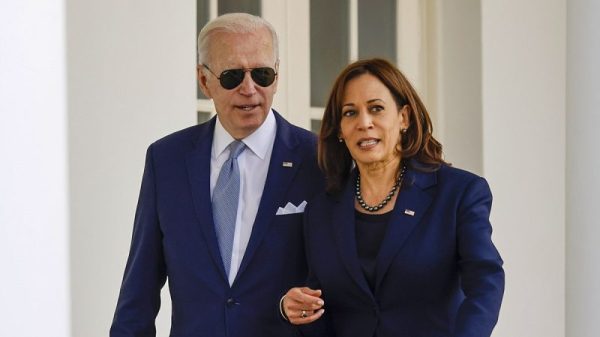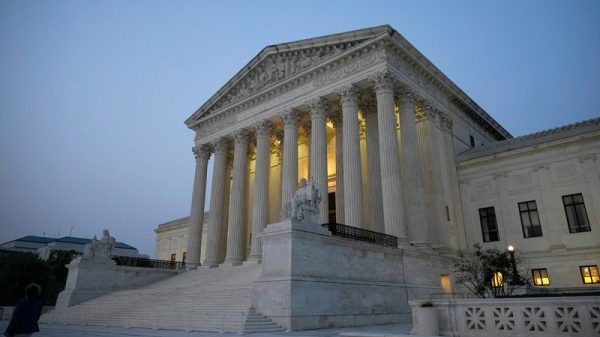In the high-stakes game of U.S. politics, Vice President Kamala Harris and former President Donald Trump have placed their strategic bets on different states in their bid to win the White House in the upcoming elections. These strategic moves highlight the divergent paths and tactics adopted by the two leading figures from the Democratic and Republican parties as they navigate the complex landscape of American electoral politics.
Harris, a key figure in the Biden administration, has focused her attention and resources on battleground states such as Wisconsin, Pennsylvania, and Michigan. These states have traditionally played a crucial role in determining the outcome of presidential elections and are home to a significant number of swing voters. By investing heavily in these regions, Harris aims to consolidate support among moderate and independent voters, who could swing the outcome in her favor.
On the other hand, Trump, known for his unorthodox campaigning style and populist rhetoric, has set his sights on states with a strong base of conservative and loyal supporters. States such as Florida, Texas, and Ohio have been key battlegrounds where Trump has maintained a strong presence and loyal following. By doubling down on these states, Trump hopes to mobilize his base and energize supporters to turn out in large numbers on Election Day.
The contrasting strategies employed by Harris and Trump reflect their respective approaches to coalition-building and mobilization. Harris’ focus on swing states highlights her efforts to broaden her appeal and attract a diverse range of voters, including moderates and independents. In contrast, Trump’s emphasis on solidifying support in conservative strongholds underscores his reliance on a loyal base of supporters who have been instrumental in his rise to power.
As the election season heats up and the race for the White House intensifies, the choices made by Harris and Trump regarding where to allocate their resources and campaign efforts will have far-reaching implications for the outcome of the elections. The battle for key states will not only test the candidates’ political acumen and grassroots support but also shed light on the shifting dynamics of American politics and the evolving priorities of the electorate.
In the end, whether Harris or Trump emerges victorious in their strategic gambles will depend on their ability to effectively connect with voters, articulate a compelling vision for the future, and navigate the unpredictable terrain of American politics. As the countdown to Election Day begins, all eyes will be on the battleground states that will ultimately decide the fate of the White House and shape the course of American history for years to come.


































